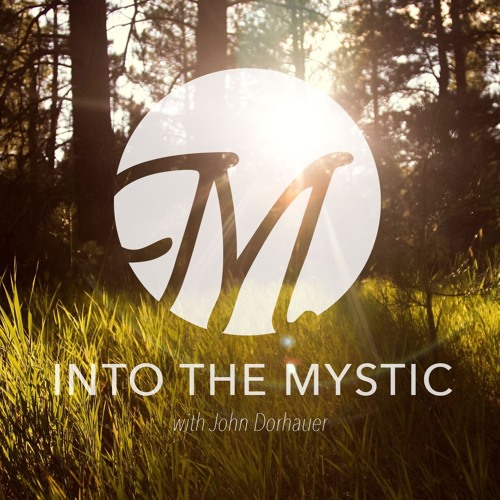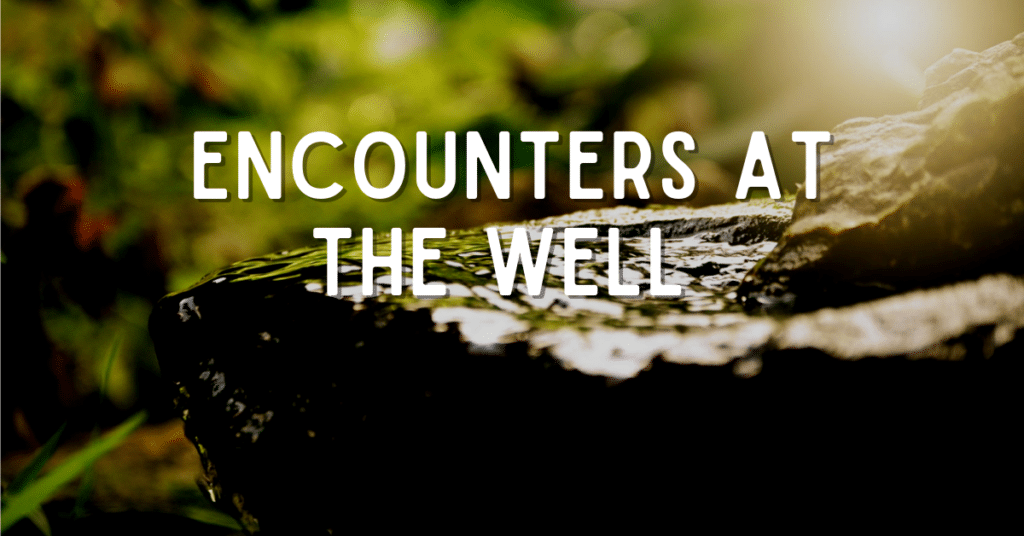The Privilege of Not Seeing
Listen to the podcast
Read the transcript
“I hurt easy, I just don’t show it. You can hurt someone and not even know it.”
So sings Bob Dylan in his song “Things Have Changed.”
For people of color in the United States, this has always been true. Every day is an endurance test of micro-aggressions leveled against them, constantly working to ‘just don’t show it’, and living alongside a largely white crowd that hurt them and didn’t even know it.
When teaching about white privilege to white audiences, I almost always begin the discussion with the same question: what do you see. It is a test and it is a provocation.
The test is to examine the extent to which the privilege that manifests itself in micro-aggressions to people of color and deepens their experience with pain can be seen by whites. Do they even know it?
The provocation is a nudge to help whites open their eyes to the manifestations and impact of a privilege that persists, pervades, and perpetrates every aspect of their being – and yet cannot be seen by most whites.
To not see is itself a privilege. Very few people want to be known or seen as capable of doing damage or harm to another person. Therefore ignorance of a persistent problem like white privilege reduces the inner turmoil of guilt and shame that, if experienced in its fullness would prove debilitating to most whites.
But ignorance of the impact doesn’t reduce the pain of privilege, it in fact exacerbates it.
And so it is time to start seeing.
See the black woman you walked by at the counter who was there in line in front of you but which you just disregarded and stepped in front of.
See the black man pulled over for a faulty headlight who is sitting anxiously in his car and wondering how safe he and his daughter in the back seat are.
See the persistent portrayal of black actors as either victims or perpetrators of crime in most of the roles they are given in film and TV.
See discomfort in the eyes of the black friend you invited to your office dinner party as they survey the room and see that there is not another person of color in the room while you strut around comfortable with your peers and showing off how woke you are.
See the white Jesus hanging in your sanctuaries and portrayed in your stain glass windows and hung on the walls of your Sunday School classrooms – and remind yourself again that we know for a fact Jesus wasn’t white.
See the grimace on the face of your co-worker as two white employees make an offhand remark about how sad it is the Cleveland Indians had to change their name while you stand there and say nothing.
See and see and see. Privilege has its, well, privileges. But it has its costs, as well. And there is a world of unseen pain out there to be known. Dylan is right – you can, and you likely do, hurt someone and not even know it.
Let those who have eyes to see, see on this, our journey Into the Mystic.
Related News
Growing Weary
In December 1964 during a speech in Harlem, Fannie Lou Hamer declared: “And you can always...
Read MorePlanning for Earth Month: Resources for Congregations
April is Earth Month, and for congregations, it can be a great time to further discern how...
Read MoreBodily Autonomy Means Every-BODY
Advocacy and Action for Women's and Gender Justice Local events stir thoughts and...
Read More


